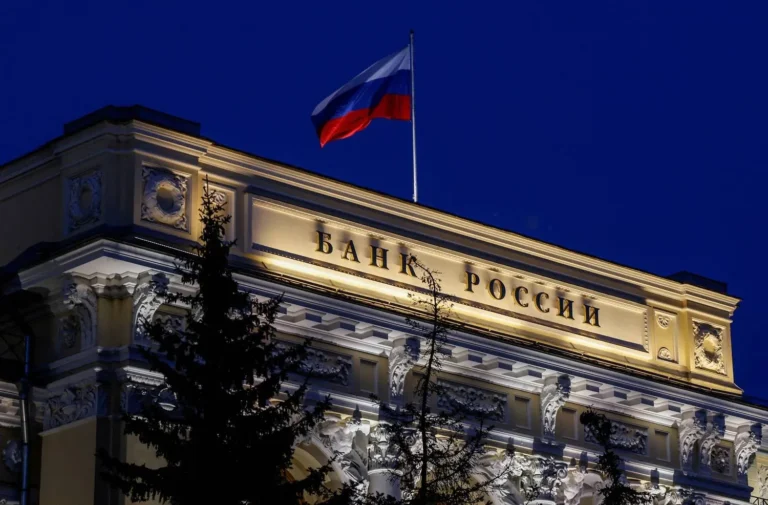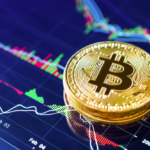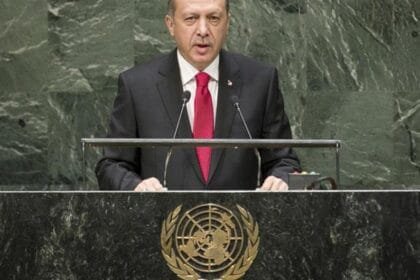Moscow, Russia – The Governing Council of the Central Bank of Russia decided, at its meeting on Friday, October 24, to cut its key interest rate by 50 basis points to 16.5% annually. This marks the fourth consecutive easing of monetary policy, which began last June from a record high of 21%.
Although the cut was less than some analysts had expected, who had anticipated a rate hold or a deeper cut, the central bank opted for a “more cautious” approach this time, indicating that a sustainable price growth rate would remain above 4% on an annual basis.
Decision motives and inflationary expectations
Decision motives and inflationary expectations
The Central Bank also lowered its inflation forecast for 2026, expecting inflation to slow to between 4% and 5%, down from its previous forecast of no more than 4%. This revision is attributed to the impact of “exceptional inflationary factors.”
Strict sign despite the relaxation
Despite the rate cut, the regulator issued a relatively hawkish signal. It confirmed that it “will maintain monetary conditions tight enough to return inflation to its target.” The central bank’s baseline scenario indicates that the key interest rate will average between 13% and 15% annually in 2026. This implies a prolonged period of monetary policy tightening.
New risks and the impact of taxes
The Bank of Russia pointed to increased inflationary risks, including the economy’s deviation from balanced growth and high inflation expectations, in addition to deteriorating foreign trade terms following the imposition of US sanctions on Russian oil exporters.
Regarding the new tax increases expected in January 2026, the Central Bank indicated that they could be supportive of inflation in the short term. However, Bank President Elvira Nabiullina emphasized that tax increases “cannot be a source of sustainable inflationary pressure” in the long term. This is the opposite of increasing the budget deficit through borrowing.
The decision demonstrates caution from the central bank amid ongoing economic challenges, with subsequent decisions expected based on the extent of the inflation slowdown and the dynamics of price expectations.

















